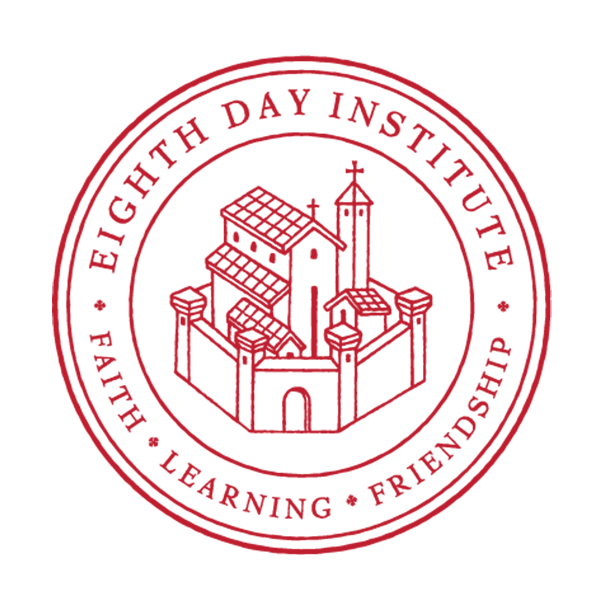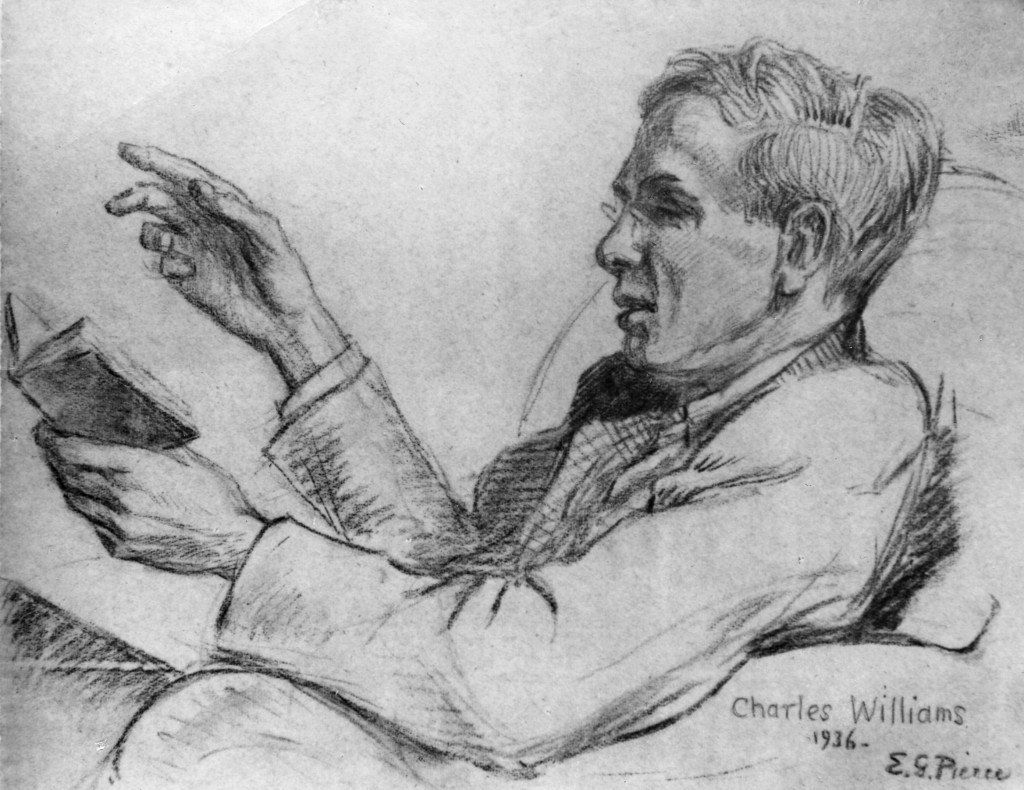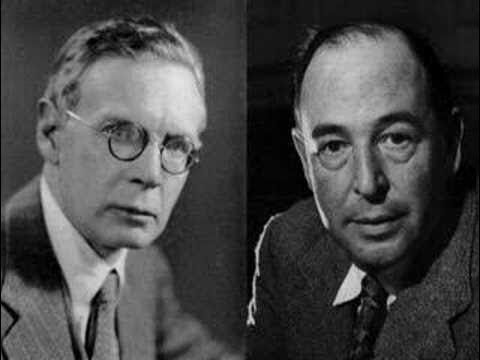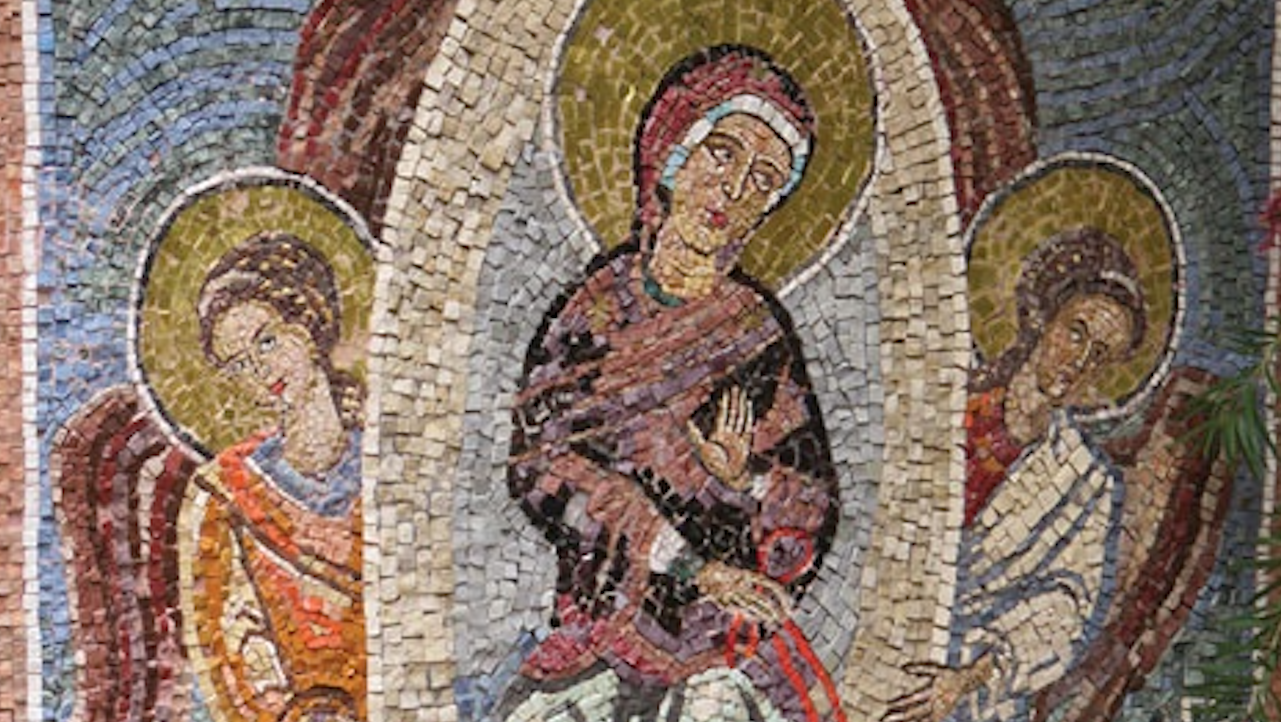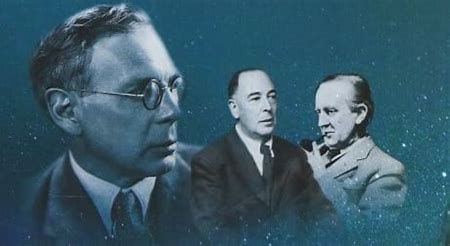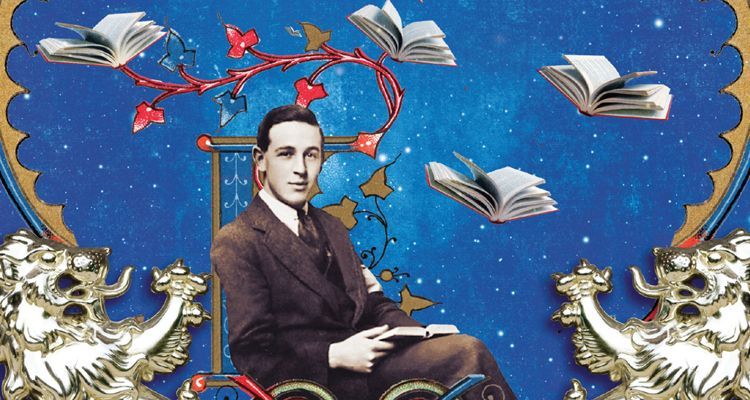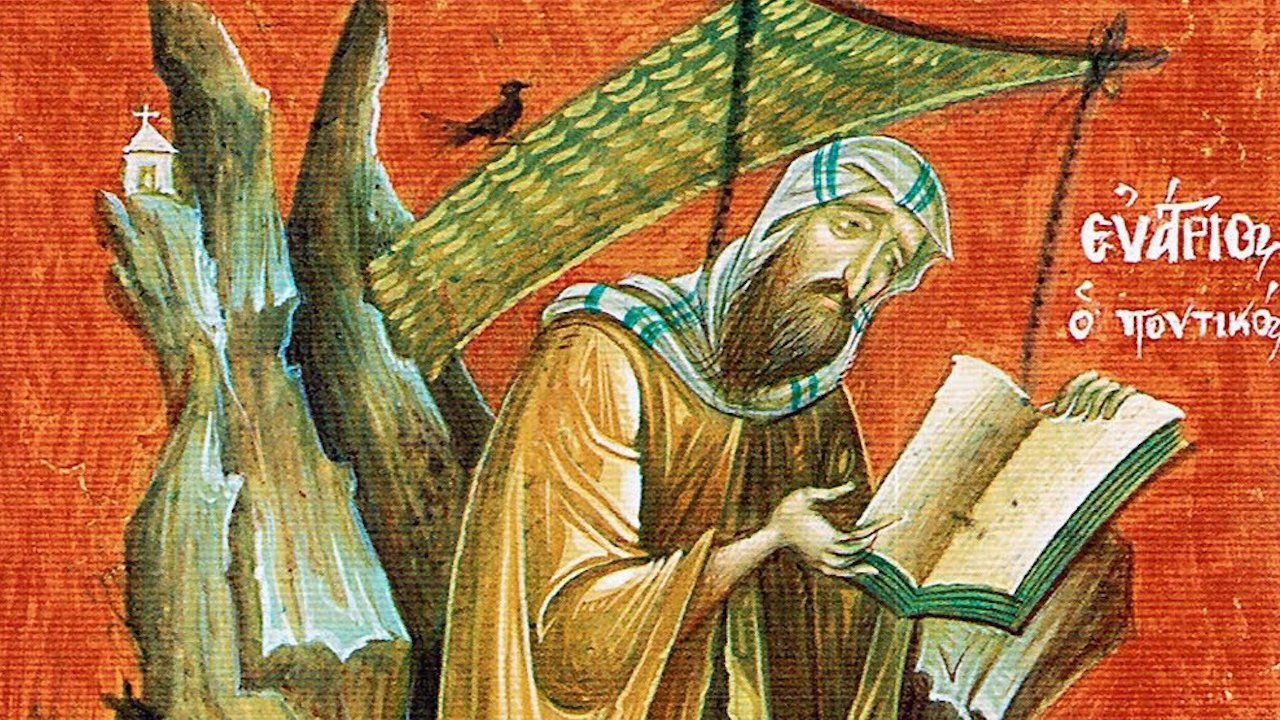Accept with Faith the Great Mystery of the Birth of the Lord: Mary in the Writings of St Peter Chrysologus
by Fr Félix López, S.H.M.
Feast of St Melania the Younger, Nun of Rome
Anno Domini 2022, December 31
Peter was born in Imola, Italy, around the year 380. He later received his formation from the bishop of the city, Cornelius, whom he had always greatly esteemed. In the year 424 he was elected Bishop of Ravena, a city that was also home to the emperor of the West. Since traces of paganism still remained in his diocese, he strove to [fully] establish the Catholic faith, and worked with such enthusiasm in converting the faithless that when he died, very few non-believers remained in the city.
He was concerned about the unity of the Church and fidelity to the See of Peter. He combatted Eutyches and other heresies of the time, such as Arianism and Nestorianism. He was a close friend of Pope Leo the Great. He was known for being a good shepherd to his flock, dedicating himself to the needs of his faithful, caring for their Christian life, recommending weekly reception of Communion, inspiring them with his own example, and forming them through his splendid preaching which has been handed down to us. He has been recognized as one of the most famous orators of the Church, winning him the name of Chrysologus, which means “golden word.” He was proclaimed a Doctor of the Roman Church by Pope Benedict XIII in the year 1729. Peter died in Imola on July 30 of the year 451, and his relics can be venerated today in the crypt of the Church of St. Cassian in Imola.
In his sermons, he placed central importance on the mystery of the Incarnation, and for this reason Mary’s virginal conception and birth would have a very relevant role. The entire Mariological discourse of Peter Chrysologus was developed around the topic of the virginal fecundity of Mary, which he expressed in a summarized manner: “Virgin, she conceived; Virgin, she gave birth; Virgin, she remained” (Sermon. 117, 1). Such a perception made him not only place prominence on the perpetual virginity of Mary, but also on the divinity of Christ, manifested in the conception and birth.
The concept of virginity places emphasis on Mary’s participation in the integrity and holiness of God Himself. Thanks to this participation, she was able to give birth to Christ without having to submit to the laws of corruption: “Virgin, grace and not nature has made you Mother; devotion has wanted you to be called Mother, although integrity did not allow it; in the conception and the birth [of your Son] modesty has grown, chastity has increased, integrity has been strengthened, virginity has been consolidated, all virtues have remained intact” (Sermon. 142, 7).
Pausing to reflect on the significance of the word, the Bishop of Ravena points out the particular relationship between virginity and integrity, in both a physical and moral sense. "Just as the corrupt human nature has a connection with corruption as a result of sin, so the virginal nature has a connection with integrity" (cf. Sermon. 153, 2). If God is the source of integrity, then the Son of God, by becoming Incarnate in the womb of the Virgin Mary, not only preserved His Mother’s integrity, but was also the cause of its growth (cf. Sermon. 142, 7). This idea also appears in Lumen Gentium 57, where it draws from a liturgical text from the seventh century, which affirmed that Jesus, being born of Mary, “did not diminish His mother’s virginal integrity but sanctified it.”
The events of the virginal conception and birth are considered by Chrysologus to be unusual and extraordinary. These events, transcending the laws of human nature, make manifest that God is their author: “When a virgin conceives, when a virgin gives birth and remains a virgin, it is not a normal occurrence, but a prodigy; ...it is not an event common to many, but a unique event; it is an event that is divine, not human” (Sermon. 148, 1).
The Bishop of Ravena was aware of the uniqueness of this event that is impossible to verify in human history. For that reason, the divine event remains hidden, inaccessible to the human intellect; it is a mystery. The virginal conception and birth are, for him, mysteries of faith. Man, who relies on the capacity of his intellect, cannot comprehend the divine mystery. It is only accessible by means of faith: “Because everything is possible for God, but for you it is impossible to attain even the smallest works of God, then do not investigate about the Virgin’s conception; rather, believe. Accept with faith the great mystery of the birth of the Lord” (Sermon. 141, 3).
Another interesting aspect of St. Peter Chrysologus’ theology was to allow the mystery of the Resurrection to be re-read in light of the mystery of Mary’s virgin birth. . The tomb becomes the womb that conceives the dead and gives birth to one who lives: “Here, the order of things is changed; here, the grave devours death, not the dead; the dwelling place of death becomes the abode of life; a new form of womb conceives one who is dead and gives birth to one who lives” (Sermon. 74, 5). The fact that the Risen One left the tomb without breaking its seal allows the author to compare this event to the Virgin Mary’s integrity during the birth of Christ. Both events highlight Christ’s divinity: «Es una manifestación de la divinidad haber dejado intacta a la Virgen después del parto. Es una manifestación de la divinidad el salir del sepulcro con el cuerpo» [It is a manifestation of the divinity to have left behind intact the Virgin after birth. It is a manifestation of the divinity to leave the tomb with a body.] (Sermon. 75, 3). The tomb was the womb of the Resurrection. The tomb and the womb of Mary gave birth to Christ. The tomb gave birth to Christ to eternal life; the Virgin gave Him birth to earthly life.
There is one more particular aspect of the rich theology of this author that we would like to point out. For him, the mystery of the virginal conception and birth become a category of interpretation of the mystery of the Church. Just like Mary, the Church is also Virgin and Mother. She gives birth to her children by means of the sacraments. That is how she becomes a mother while remaining at the same time a virgin. The baptismal font becomes the womb of the Church which, thanks to the action of the Holy Spirit, becomes fruitful. In this baptismal font the mystery of the virginal birth of Christ is renewed: “Behold, brethren, the reason why the Heavenly Spirit, with the mysterious outpouring of His light, makes the virginal womb of the font fruitful, to give birth as heavenly creatures and bring them into the likeness of their Creator” (Sermon. 117, 4)
Contribute to Cultural Renewal by Sharing on Your Preferred Platform
In an isolating secularized culture where the Church's voice is muffled through her many divisions, Christians need all the help they can get to strengthen their faith in God and love toward their neighbor. Eighth Day Institute offers hope to all Christians through our adherence to the Nicene faith, our ecumenical dialogues of love and truth, and our many events and publications to strengthen faith, grow in wisdom, and foster Christian friendships of love. Will you join us in our efforts to renew soul & city? Donate today and join the community of Eighth Day Members who are working together to renew culture through faith & learning.
